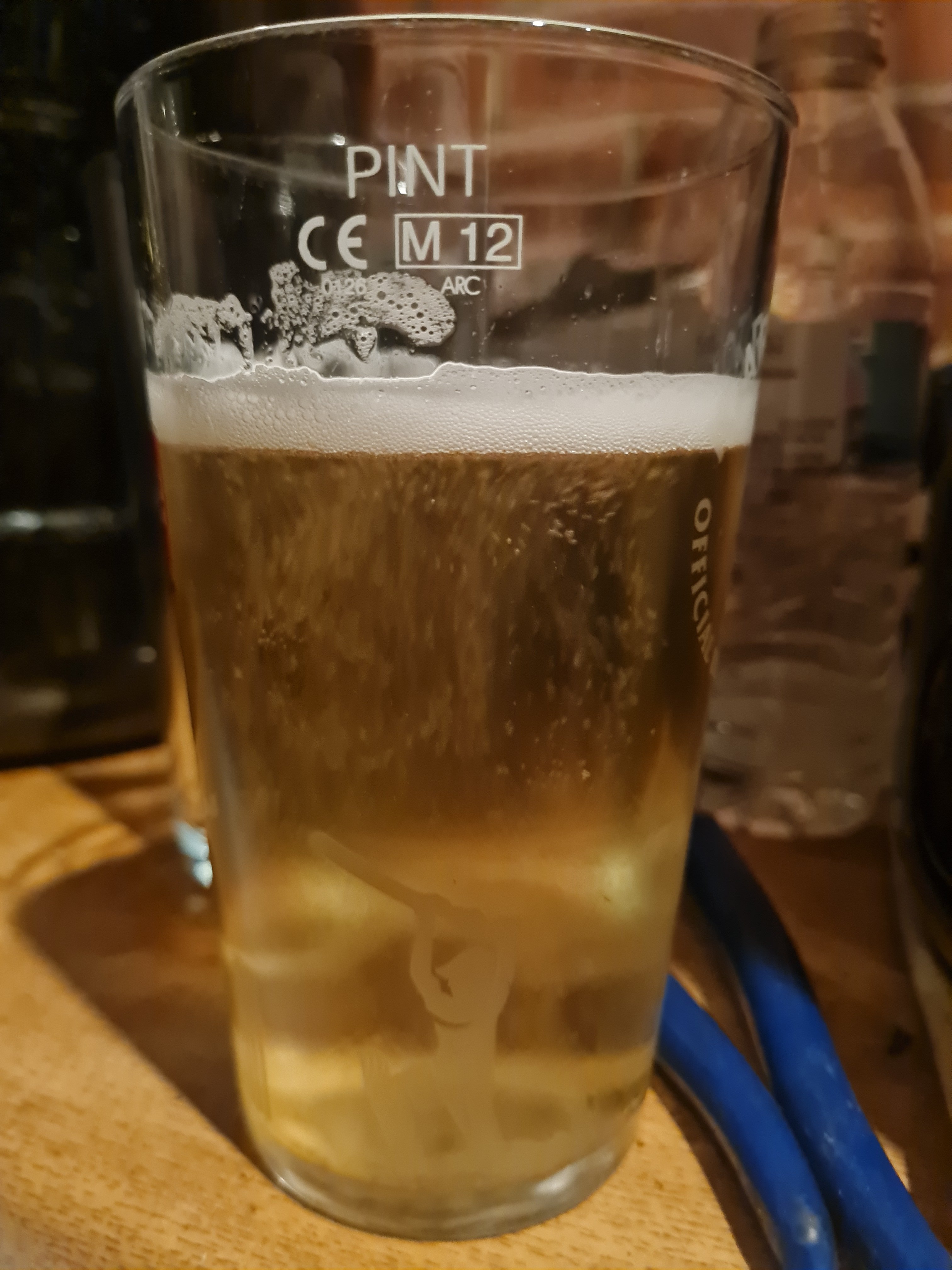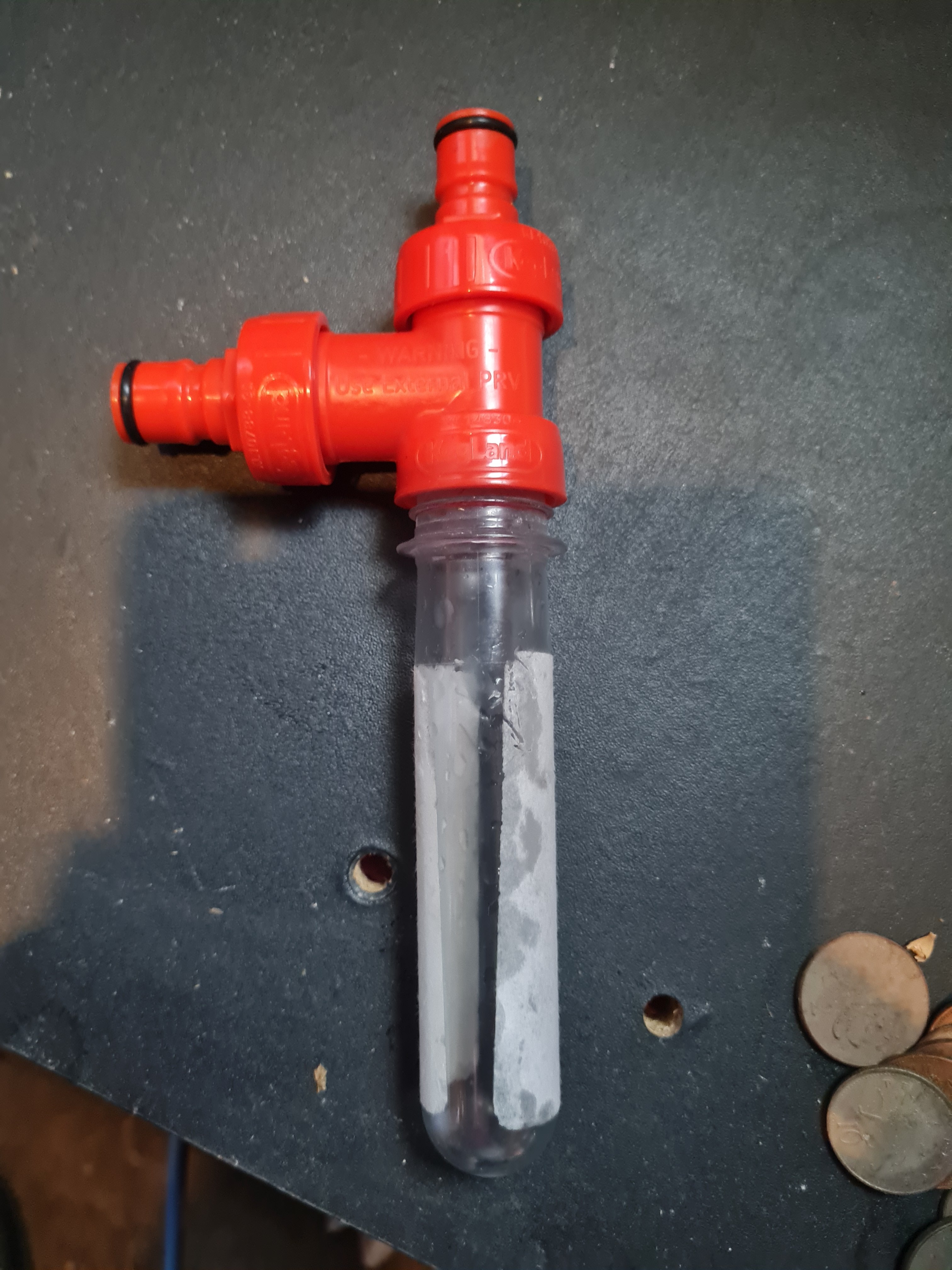Beer666
Well-Known Member
- Joined
- Apr 10, 2018
- Messages
- 596
- Reaction score
- 616
I recently bought a chubby to have a go at pressure fermenting. I added gelatin last week but it's done very little. Beer is still cloudy and undrinkable. I normally use isinglass and it clears in a few days but I was thinking gelatin would be easier in a closed transfer.
Does anyone use isinglass for this purpose? Bit concerned it will clog up. Normally I stir the isinglass into the bucket and it's crystal clear when I Keg. I have used gelatin in the past and it worked but took longer.
Help appreciated as I want to empty the fermenter to try a NEIPA.
Does anyone use isinglass for this purpose? Bit concerned it will clog up. Normally I stir the isinglass into the bucket and it's crystal clear when I Keg. I have used gelatin in the past and it worked but took longer.
Help appreciated as I want to empty the fermenter to try a NEIPA.














































![Craft A Brew - Safale BE-256 Yeast - Fermentis - Belgian Ale Dry Yeast - For Belgian & Strong Ales - Ingredients for Home Brewing - Beer Making Supplies - [3 Pack]](https://m.media-amazon.com/images/I/51bcKEwQmWL._SL500_.jpg)


















